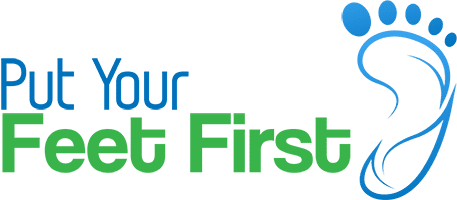
Understanding Achilles Tendonitis
Achilles tendonitis is an inflammation of the tendon connecting your calf muscles to your heel bone. It often results from repetitive strain or sudden increases in physical activity, affecting runners, active adults, and sports enthusiasts in the
Symptoms commonly include pain, stiffness, and tenderness near the back of the heel. Early diagnosis and appropriate treatment can help manage discomfort and prevent further injury.
Why Choose Put Your Feet First for Achilles Tendonitis Care?
At Put Your Feet First, our team provides personalized care tailored to your needs. We offer comprehensive evaluations and recommend evidence-based treatment plans including physical therapy, activity modification, and when necessary, surgical consultation.
Our approach focuses on relieving pain, restoring function, and preventing recurrence. We guide patients through recovery with clear communication and professional support every step of the way.
Request an AppointmentCommon Questions About Achilles Tendonitis
Q: What causes Achilles tendonitis?
A: Achilles tendonitis is typically caused by overuse or repetitive strain of the Achilles tendon. Sudden increases in activity, improper footwear, or tight calf muscles can contribute to this condition.
Q: What are the symptoms of Achilles tendonitis?
A: Symptoms often include tenderness, mild swelling, stiffness, and pain near the heel, especially after physical activity or in the morning.
Q: How is Achilles tendonitis diagnosed?
A: Diagnosis usually involves a physical exam and review of symptoms. Imaging tests such as ultrasound or MRI may be used to assess tendon damage.
Q: What treatment options are available for Achilles tendonitis?
A: Treatment includes rest, ice application, anti-inflammatory medications, physical therapy, and in severe cases, surgery may be considered.
Q: Can Achilles tendonitis be prevented?
A: Yes, prevention focuses on proper footwear, gradual increases in activity, stretching exercises, and avoiding sudden intense workouts.
